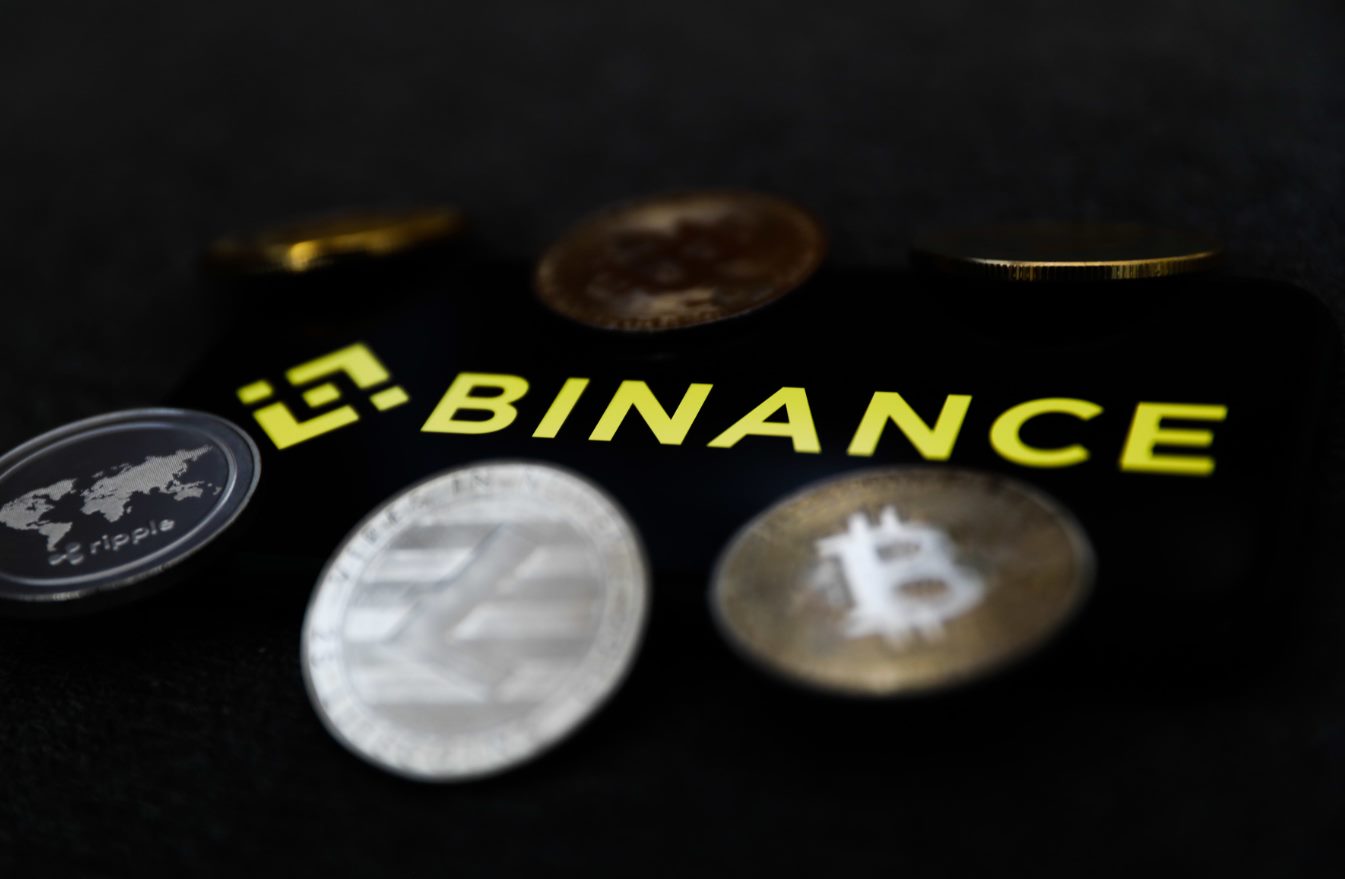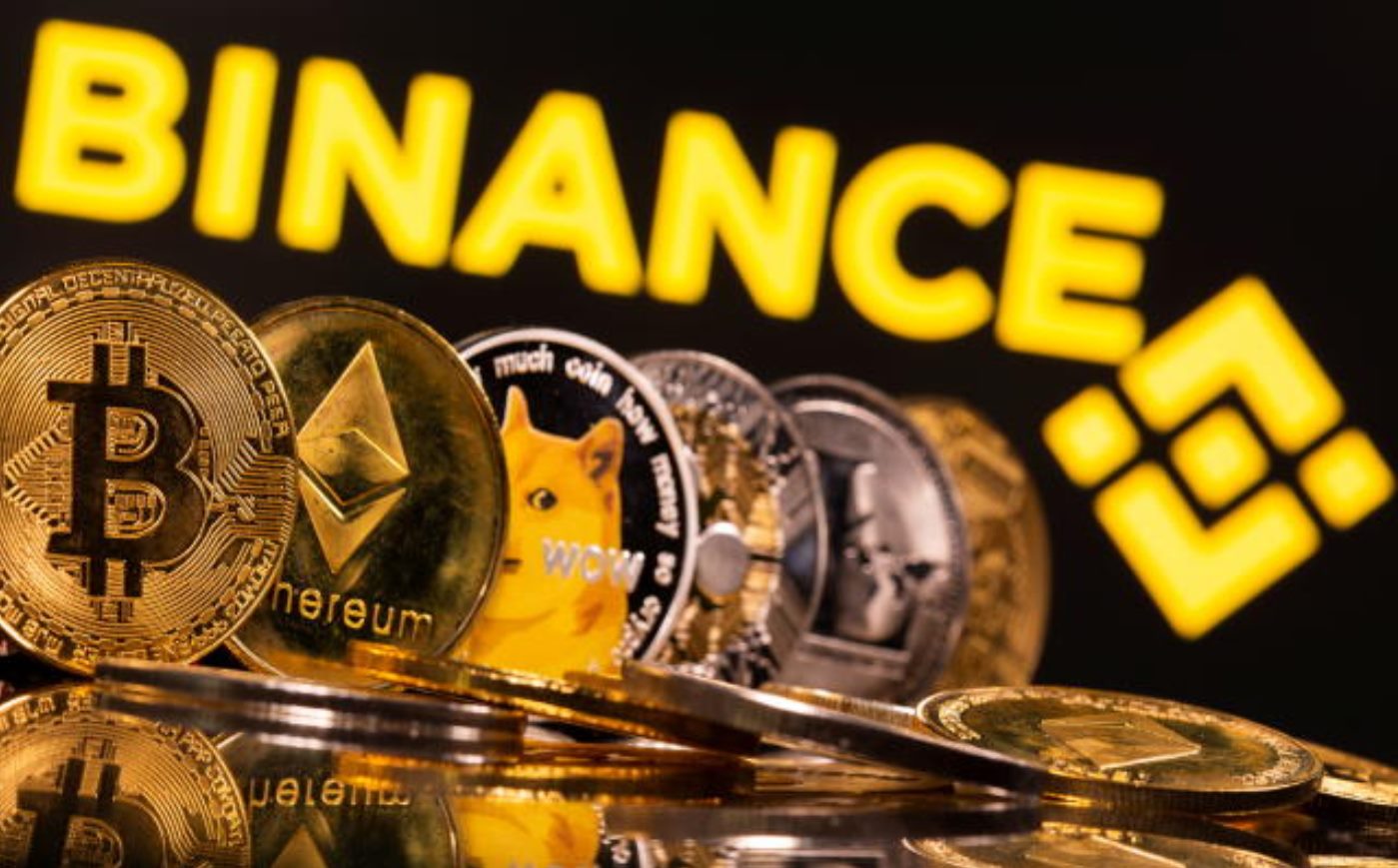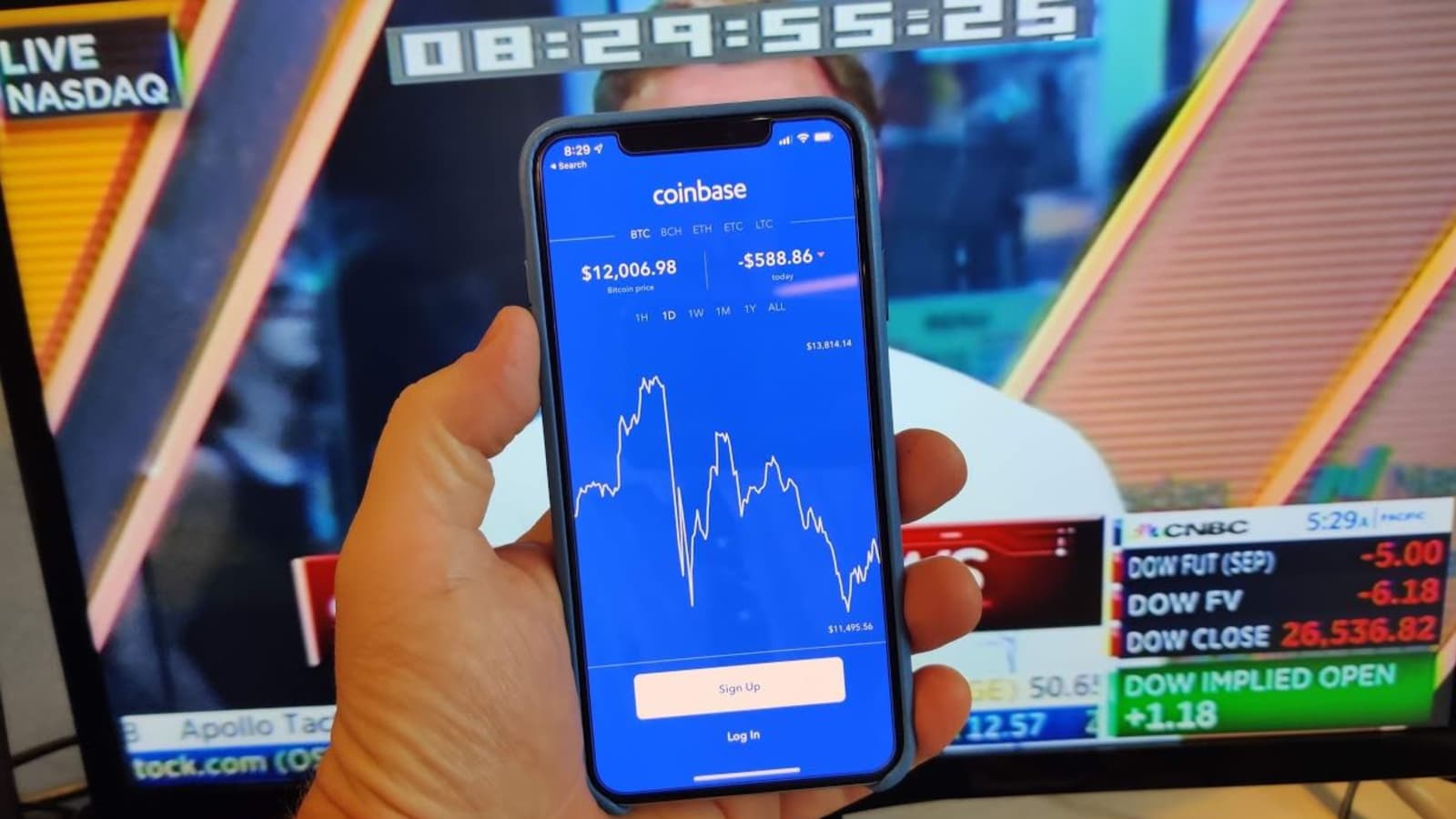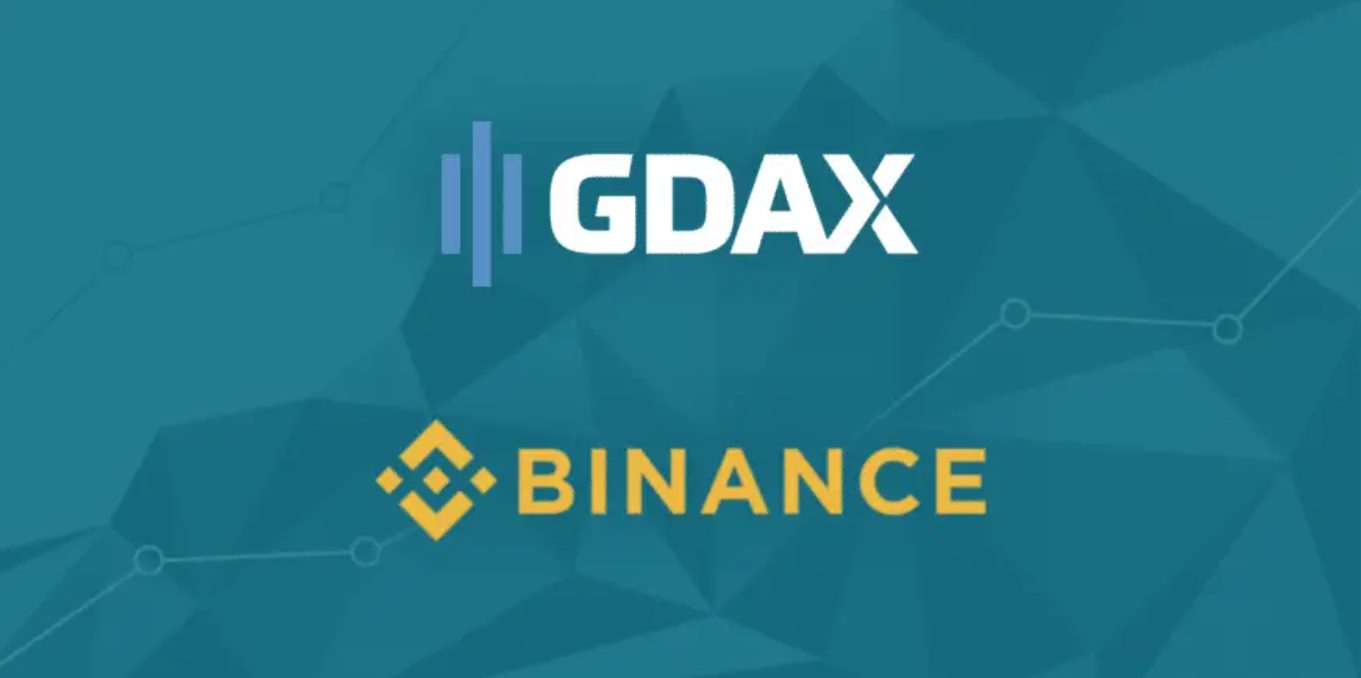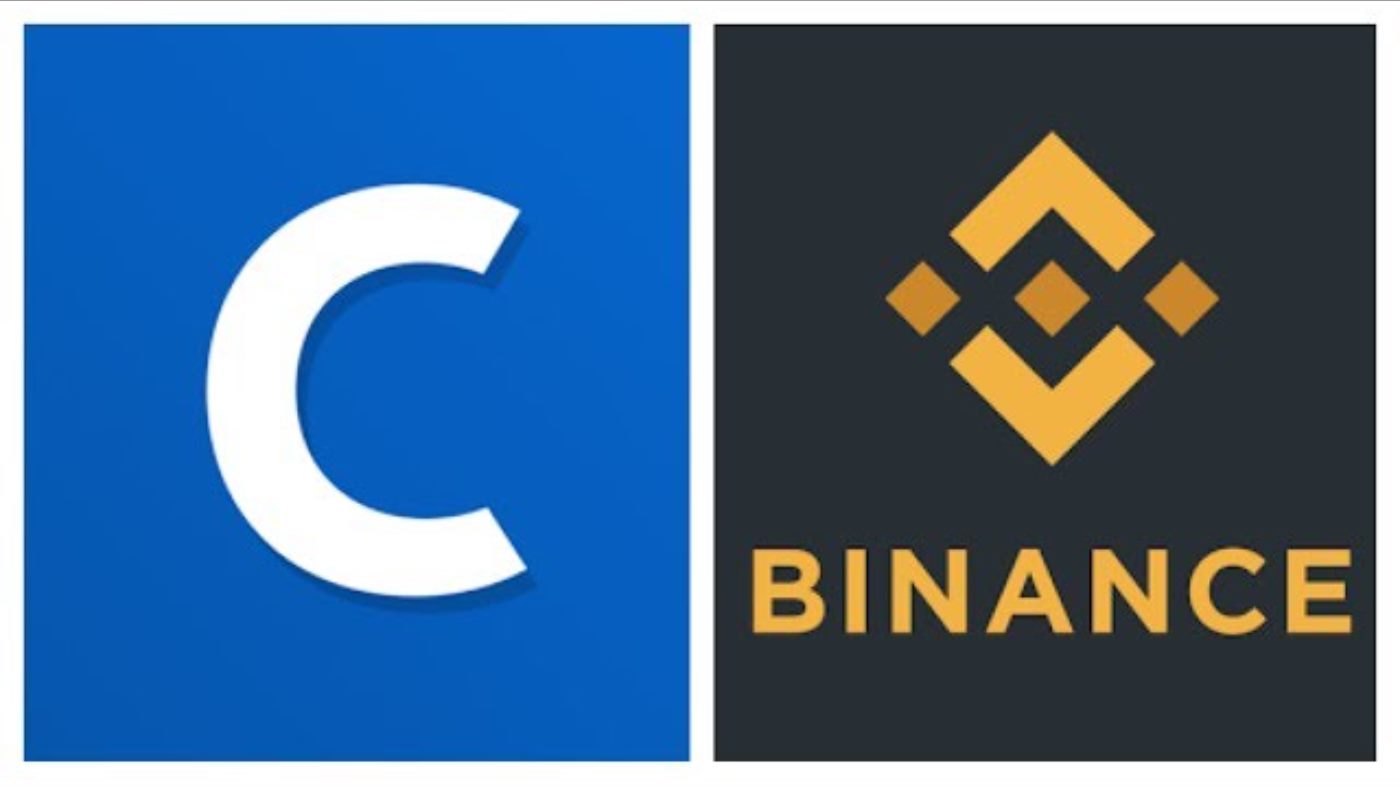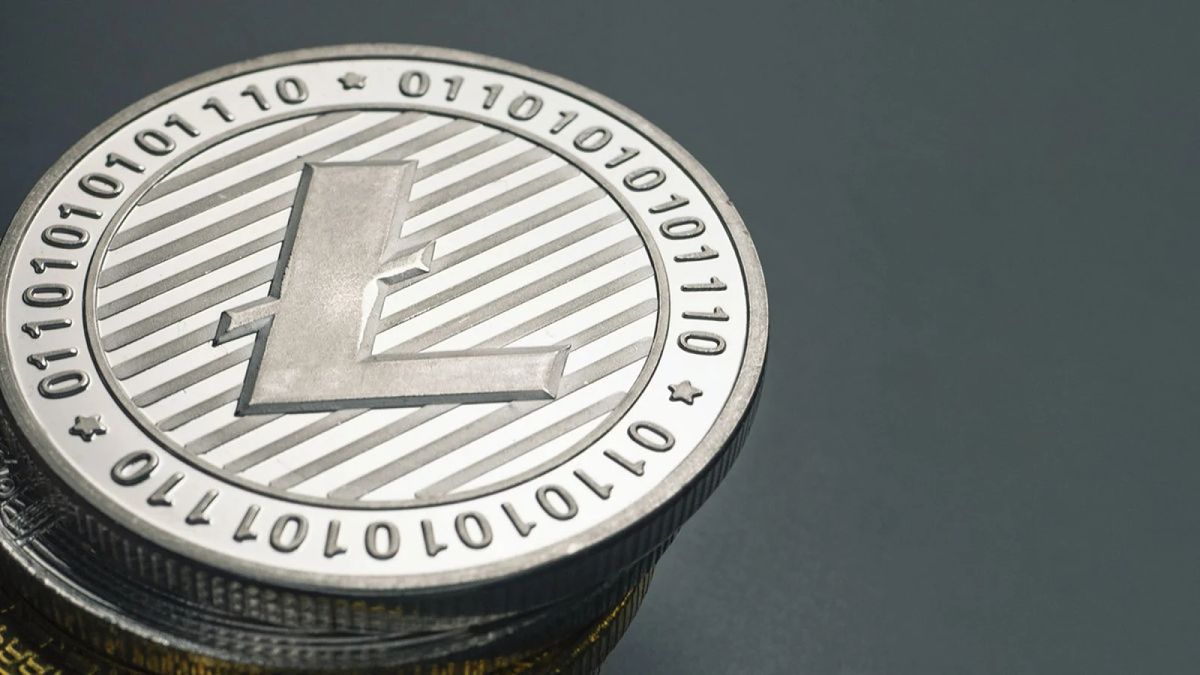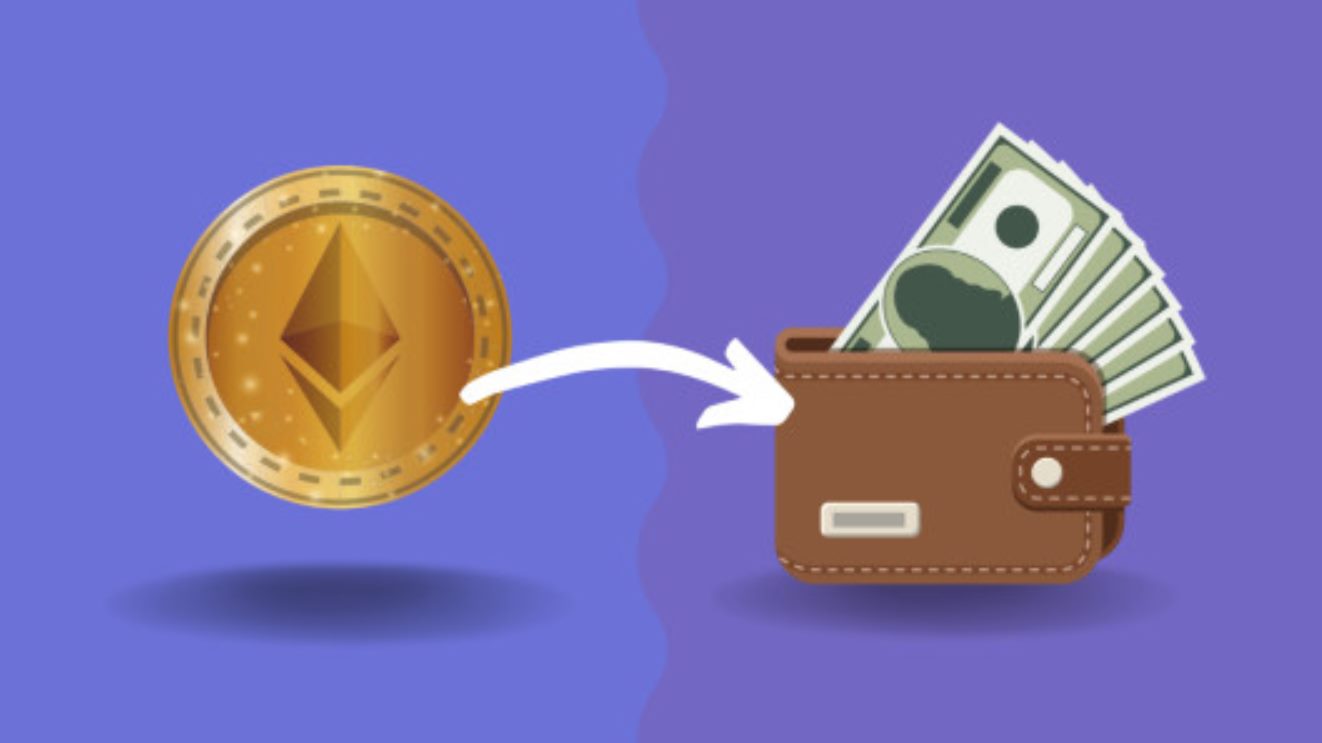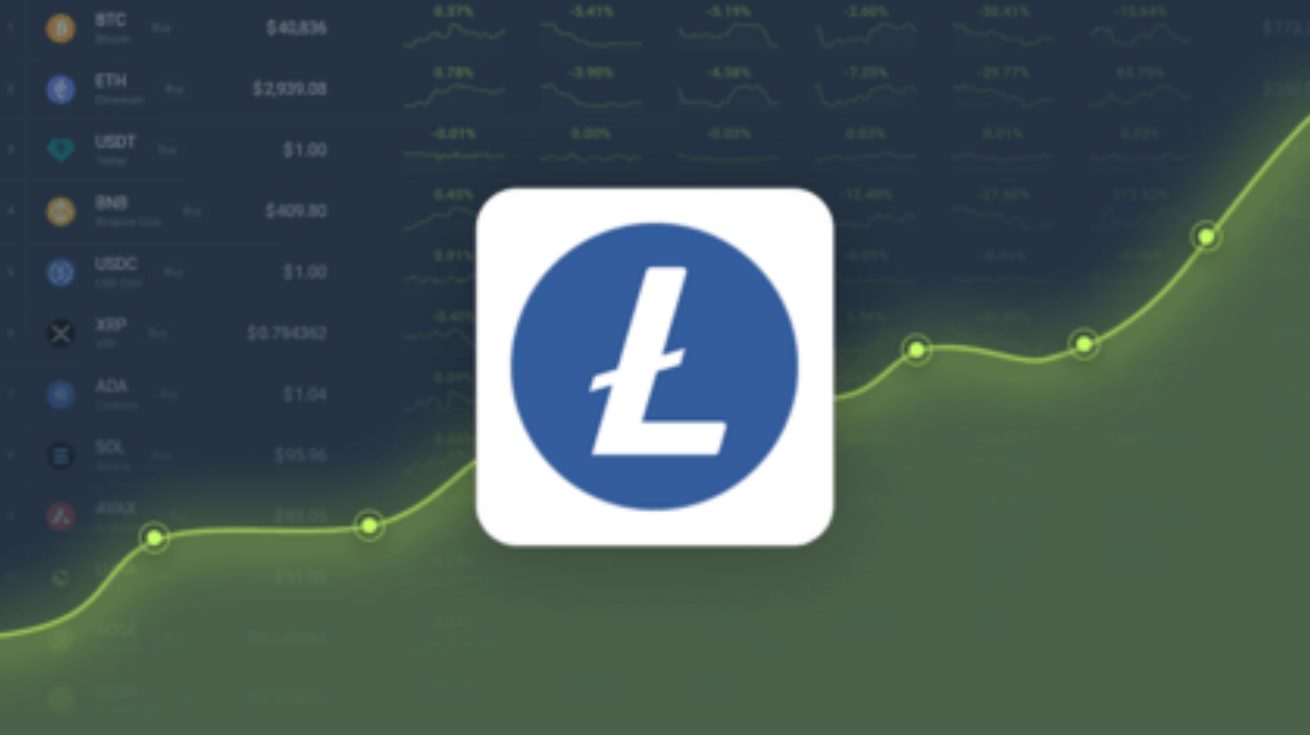Introduction
Welcome to our guide on how long it takes to send Litecoin to Binance! If you are new to the world of cryptocurrencies and want to start trading or investing in Litecoin, Binance is a popular and user-friendly cryptocurrency exchange platform. But before you can begin trading, you’ll need to understand the process of sending your Litecoin from your wallet to your Binance account.
Litecoin is a peer-to-peer cryptocurrency that was created by Charlie Lee in 2011 as a “lite” version of Bitcoin. Like Bitcoin, Litecoin operates on a decentralized network called blockchain, which enables secure and transparent transactions. Litecoin has gained popularity due to its faster transaction processing time and its ability to handle a higher volume of transactions compared to Bitcoin.
Binance, on the other hand, is one of the largest and most reputable cryptocurrency exchanges in the world. It offers a wide range of cryptocurrencies for trading and has gained popularity for its user-friendly interface, security features, and extensive selection of trading pairs.
Now that you have a basic understanding of Litecoin and Binance, let’s dive into the step-by-step process of sending Litecoin from your wallet to your Binance account. Please note that the time it takes to complete the transaction may vary depending on various factors, including network congestion, transaction fees, and the speed at which your wallet and Binance process the transaction.
What is Litecoin?
Litecoin is a peer-to-peer digital currency that was created by Charlie Lee, a former Google engineer, in October 2011. It is often referred to as “silver to Bitcoin’s gold” due to its similarities to Bitcoin, but with a few key differences.
Like Bitcoin, Litecoin operates on a decentralized network called blockchain. This means that transactions made with Litecoin are recorded on a public ledger that is accessible to anyone. However, Litecoin uses a different hashing algorithm called Scrypt, which allows for faster block generation times and more efficient mining.
One of the main advantages of Litecoin over Bitcoin is its faster transaction processing time. While Bitcoin blocks are generated approximately every 10 minutes, Litecoin blocks are generated every 2.5 minutes. This allows for quicker confirmations and makes Litecoin a more suitable option for everyday transactions.
Additionally, Litecoin has a higher maximum supply than Bitcoin. While Bitcoin has a maximum supply of 21 million coins, Litecoin’s maximum supply is set at 84 million coins. This higher supply ensures that Litecoin can be used for smaller transactions without the risk of running out of available coins.
Litecoin also offers a range of technical features that further enhance its usability. These include Segregated Witness (SegWit), which increases the efficiency of block space by separating transaction signatures from transaction data. This helps to reduce transaction fees and improve scalability.
Overall, Litecoin serves as a reliable and secure digital currency that offers faster transaction speeds and lower transaction fees compared to Bitcoin. Its wide adoption and active development community make it a popular choice for both investors and everyday users.
What is Binance?
Binance is one of the world’s largest and most popular cryptocurrency exchange platforms. It was founded in 2017 by Changpeng Zhao and has quickly gained a reputation for its wide selection of cryptocurrencies, user-friendly interface, and strong security measures.
As a cryptocurrency exchange, Binance allows users to buy, sell, and trade a wide range of digital currencies. It offers a diverse selection of trading pairs, including popular cryptocurrencies like Bitcoin, Ethereum, and Litecoin, as well as lesser-known altcoins.
One of the key features that sets Binance apart is its commitment to providing a seamless and user-friendly experience. The platform offers a simple and intuitive interface, making it accessible to both beginner and experienced traders. It also provides advanced trading features, such as limit orders, stop-loss orders, and margin trading, for more experienced traders.
Binance is also known for its strong security measures. The platform utilizes industry-leading security protocols, such as two-factor authentication (2FA) and cold storage for funds, to protect users’ assets. Binance also has a Secure Asset Fund for Users (SAFU) which is used to reimburse users in the event of a security breach.
In addition to its exchange services, Binance has expanded its offerings to include various other products and services. These include Binance Launchpad, a platform for launching new cryptocurrency projects through token sales, and Binance Staking, which allows users to earn passive income by staking their cryptocurrencies.
Binance also has its own native cryptocurrency called Binance Coin (BNB). BNB can be used to pay for trading fees on the Binance platform, participate in token sales on Binance Launchpad, and access other features and benefits within the Binance ecosystem.
Overall, Binance is a widely trusted and respected cryptocurrency exchange platform that offers a range of features and services to cater to the needs of both beginner and advanced cryptocurrency traders. Its commitment to security, user experience, and innovation has contributed to its rapid growth and popularity within the cryptocurrency industry.
Step 1: Setting up a Binance account
In order to send Litecoin to Binance, you will need to have a Binance account. If you already have an account, you can skip this step and move on to the next section. If not, follow these steps to create your Binance account:
- Visit the Binance website (www.binance.com) and click on the “Register” button at the top right corner of the page.
- You will be prompted to enter your email address and create a password for your account. Make sure to choose a strong password that is unique and not easily guessable. Once you have entered your email and password, click on the “Create account” button.
- Next, you will need to complete the security verification process. This typically involves solving a CAPTCHA puzzle to prove that you are not a robot. Follow the instructions on the screen to complete the verification process.
- After completing the security verification, you will receive an email from Binance with a verification link. Click on the link to verify your email address and activate your account.
- Once your account is activated, you can proceed to set up additional security measures, such as enabling two-factor authentication (2FA). This adds an extra layer of security to your account by requiring a verification code in addition to your password when logging in.
- Finally, you will need to complete your account profile by providing some personal information, such as your name and country of residence. This information is required for compliance with regulatory requirements.
- Once you have completed these steps, your Binance account is now set up and ready to use.
It is important to note that Binance has different levels of verification, each with different withdrawal limits. To increase your withdrawal limit, you may need to provide additional verification documents, such as a government-issued ID.
Now that you have successfully set up your Binance account, you are ready to proceed to the next step, which is generating a Litecoin wallet address on Binance.
Step 2: Generating a Litecoin wallet address on Binance
After setting up your Binance account, the next step is to generate a Litecoin wallet address on the Binance platform. This wallet address will be used to receive the Litecoin you want to send from your personal wallet.
- Login to your Binance account by entering your registered email address and password.
- Once you are logged in, hover your mouse over the “Wallet” tab in the top menu and click on “Spot Wallet.”
- In the Spot Wallet section, you will see a list of different cryptocurrencies. Locate and click on “Deposits” next to the Litecoin (LTC) option.
- Scroll down until you find the section titled “Litecoin (LTC) Deposit Address.” This is the wallet address that you need to copy.
- If you are using the Binance mobile app, you can click on the QR code symbol next to the Litecoin deposit address to easily scan the address using your mobile wallet app.
- Copy the Litecoin wallet address provided by Binance. It is essential to double-check the address to ensure its accuracy before proceeding.
- With the Litecoin wallet address copied, you are now ready to initiate the process of sending Litecoin from your personal wallet to your Binance account.
It is important to note that each cryptocurrency on Binance has a unique wallet address. Make sure you only send Litecoin to the designated Litecoin wallet address and not to any other wallet address on Binance. Sending Litecoin to a different wallet address may result in the loss of your funds.
Now that you have generated a Litecoin wallet address on Binance, you can move on to the next step, which involves sending Litecoin from your personal wallet to your Binance account.
Step 3: Sending Litecoin from your wallet to Binance
Once you have generated a Litecoin wallet address on Binance, you can proceed to send your Litecoin from your personal wallet to your Binance account. Here are the steps to do so:
- Open your personal Litecoin wallet or the wallet app of your choice.
- In your personal wallet, look for the option to send or transfer Litecoin.
- Enter the Litecoin wallet address that you copied from Binance in the previous step. Take extra care to ensure that the address is correct to prevent any loss of funds.
- Specify the amount of Litecoin you wish to send to your Binance wallet. Double-check the amount to ensure accuracy.
- If your personal wallet supports it, you may have the option to set the transaction fee. You can choose a higher fee to expedite the transaction or set a lower fee if you are not in a rush.
- Review all the details of the transaction, including the recipient address and the amount of Litecoin to be sent. Ensure everything is accurate before proceeding.
- Initiate the transaction and wait for it to be confirmed on the Litecoin network. The time it takes for the transaction to be confirmed can vary depending on network congestion.
- Once the transaction is confirmed, you have successfully sent Litecoin from your personal wallet to your Binance account.
It is important to note that blockchain transactions are irreversible. Once you send Litecoin to the specified address, you cannot reverse the transaction. Therefore, it is crucial to verify all details before confirming the transaction to avoid any mistakes.
Now that you have sent your Litecoin from your personal wallet, the next step is to confirm the transaction on Binance and wait for it to be processed.
Step 4: Confirming the transaction and waiting for it to process
After sending your Litecoin from your personal wallet to your Binance account, the next step is to confirm the transaction on Binance and wait for it to be processed. Here’s what you need to do:
- Go back to your Binance account and navigate to the “Wallet” tab at the top of the page.
- Click on “Spot Wallet” and select “Transaction History” from the dropdown menu.
- In the Transaction History section, you should see the recent deposit transaction for your Litecoin. If you don’t see it immediately, you may need to wait for a few minutes for the transaction to be registered on the Binance platform.
- Find the transaction for the Litecoin deposit and click on “Confirm” or “Check Transaction” to verify that the deposit has been made. This step is crucial to ensure that your Litecoin has been successfully credited to your Binance account.
- Once you have confirmed the transaction, you will need to wait for the transaction to be processed on the Litecoin network. The processing time can vary depending on network congestion, but it typically takes a few minutes to an hour.
- During this time, it is crucial to be patient and avoid any further actions in your Binance account related to the deposited Litecoin. Attempting to trade or withdraw the Litecoin before the transaction is fully processed may result in complications or loss of funds.
- Monitor the progress of the transaction by checking the number of confirmations. Each confirmation represents a block added to the Litecoin blockchain, indicating the reliability and security of the transaction.
- Once the required number of confirmations is reached, the transaction is considered complete, and your Litecoin is now available for trading or other operations on Binance.
It’s important to note that the number of confirmations required may vary depending on the specific policies of Binance and the Litecoin network. Generally, a higher number of confirmations ensures a more secure transaction.
Now that you have confirmed your transaction and patiently awaited its processing, you can proceed to the final step of checking your Binance account for the transferred Litecoin.
Step 5: Checking your Binance account for the transferred Litecoin
After the Litecoin transaction has been processed and confirmed on the Litecoin network, it’s time to check your Binance account to ensure that the transferred Litecoin has been successfully credited. Follow these steps:
- Login to your Binance account using your registered email address and password.
- Click on the “Wallet” tab at the top of the page and select “Spot Wallet” from the dropdown menu.
- In the Spot Wallet section, locate and click on “Balances.”
- Scroll down or use the search bar to find the Litecoin (LTC) balance in your Binance account.
- You should now see the total amount of Litecoin available in your Binance wallet, which should reflect the amount you sent from your personal wallet. Double-check the balance to ensure it matches your expectation.
- If you see the correct balance, it means that the transferred Litecoin has been successfully received and credited to your Binance account.
- From this point, you can proceed with trading or other activities involving your Litecoin balance on the Binance platform.
- In case you do not see the expected balance or there is any discrepancy, check the transaction history and confirm that the transaction was successful on the Litecoin network with the correct address.
If there are any issues or concerns regarding the transfer or the balance, it is recommended to reach out to Binance customer support for assistance. They can help investigate and resolve any problems related to your account and transactions.
Now that you have checked your Binance account and confirmed the presence of your transferred Litecoin, you are ready to start trading, investing, or utilizing your Litecoin on the Binance platform.
Conclusion
Congratulations! You have successfully learned how to send Litecoin to Binance. Throughout this guide, we have covered the necessary steps, from setting up a Binance account to generating a Litecoin wallet address, sending Litecoin from your personal wallet to Binance, confirming the transaction, and checking your Binance account for the transferred Litecoin.
It is important to remember that the time it takes to complete the entire process may vary depending on factors such as network congestion, transaction fees, and the speed at which your personal wallet and Binance process the transaction. It is advisable to exercise patience during the confirmation and processing period to ensure a smooth and secure transfer.
By following these steps, you can safely and securely send your Litecoin to Binance, making it readily available for trading, investing, or other activities offered by the platform. Always double-check the wallet address and other transaction details to avoid any potential loss of funds.
Binance, with its wide selection of cryptocurrencies, user-friendly interface, and robust security measures, offers a seamless trading experience for cryptocurrency enthusiasts. With your Litecoin now deposited in your Binance account, you can take full advantage of the platform’s features and services.
Remember to stay up-to-date with the latest news and developments in the cryptocurrency market and to exercise caution while making trading decisions. It is essential to conduct thorough research and seek professional advice if needed. Happy trading!







